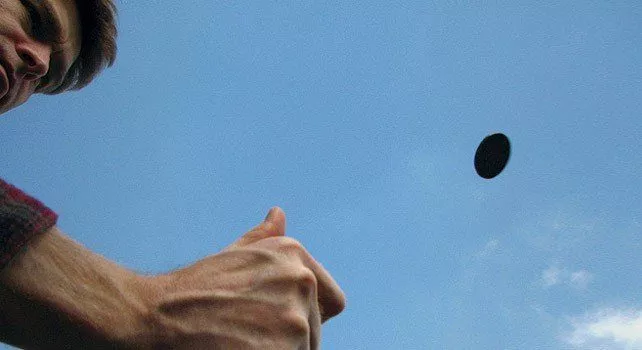Everyone has heard that flipping a coin gives a fair outcome as it has a 50-50 chance of landing either side.
Well this isn’t entirely true, check out the facts!
It is not a 50% chance a coin will land on heads.
If the coin is heads up at the start, it is more likely to land on heads.
Students at Stanford University recorded thousands of coin tosses with high-speed cameras and discovered the chances are a 51% chance it will land on heads.
There are many conditions which affect the outcome of a coin flip, these conditions are the force, the speed and angle of spin, height of the coin from the ground and which side of the coin is facing up to start with.
These changes are significant enough to prevent a fifty-fifty probability.
What the research told us…
The researchers showed that coin tossing isn’t random; it’s a measurable event that obeys the laws of physics just like everything else.
If each coin has exactly the same initial conditions and exactly the same force then its spin will produce an even outcome of landing on heads or tails.
I wonder what the chance of a coin landing on its side is?
It can’t be impossible, can it?











